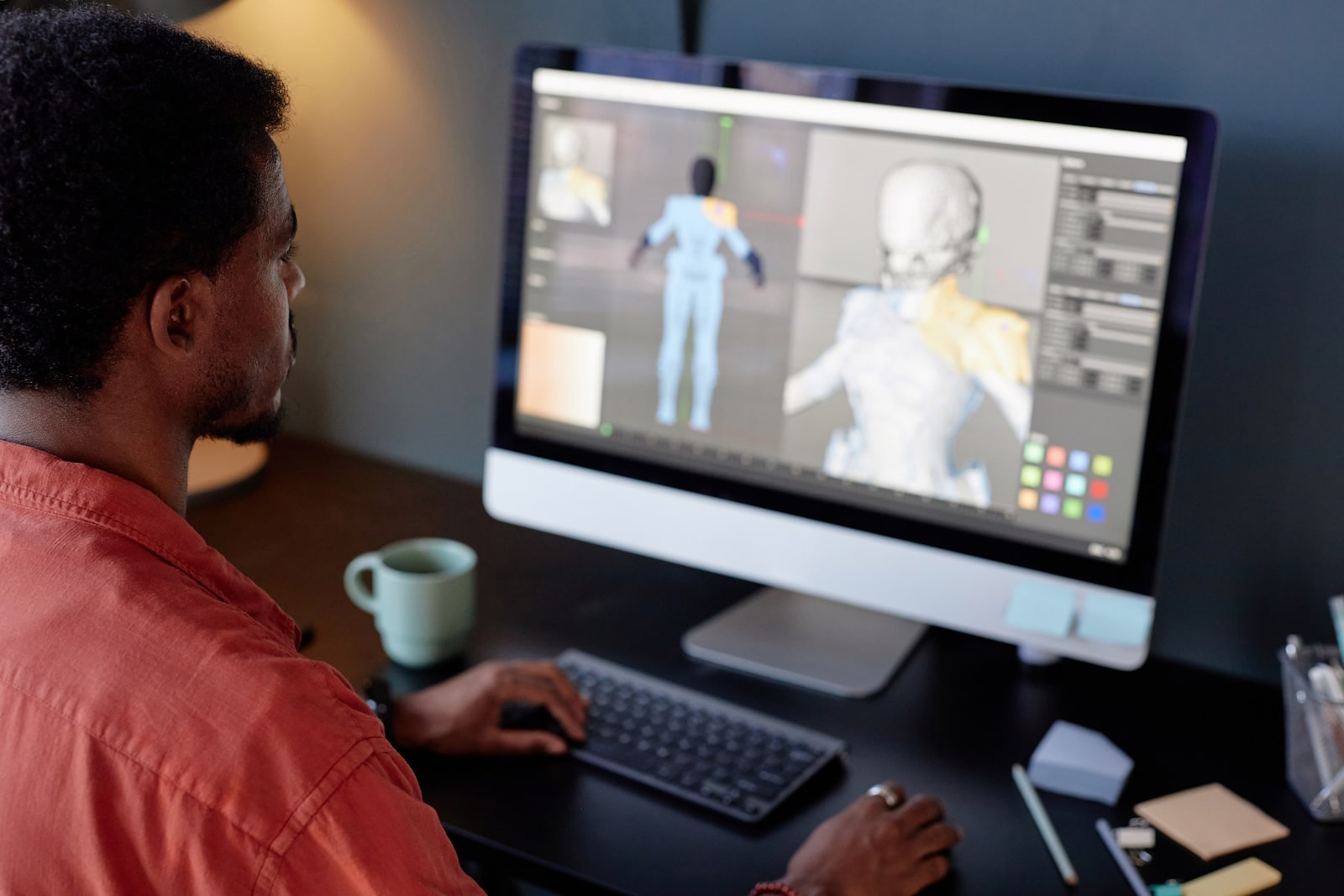
Limited Resources and South African Animation Companies
South African animation companies are continually pushing creative boundaries despite often facing limited budgets and hardware constraints. The key to producing compelling visual content lies in optimising workflows and leveraging efficient compositing techniques tailored for low-resource environments. By applying smart strategies, studios can reduce processing demands while maintaining professional quality, enabling them to compete globally without requiring top-tier machines or expensive software licences.
Efficient compositing practices not only streamline production but also save time and storage costs, which are critical factors for many South African animation companies.
Optimised Render Pass Management
Managing render passes intelligently is a cornerstone for any animation studio operating with limited resources. Reducing the number of render passes while preserving image quality helps lower render times and reduces storage demands, which is vital for South African animation companies where hardware might be less powerful or storage costly. Combining related passes such as diffuse, specular, and shadows into fewer consolidated passes enables faster rendering without noticeable quality loss.
Another effective approach is selective rendering, focusing on critical areas while using simplified passes for background or less prominent elements. This technique not only trims render time but also speeds up compositing as fewer files are processed. Implementing such strategies can dramatically improve turnaround times and free up valuable storage, allowing studios to maintain workflow agility and meet tight deadlines.
Using Open-Source Compositing Tools
Leveraging open-source compositing tools is a game-changer for South African animation companies aiming to keep costs down without sacrificing quality. Blender’s compositor and Natron provide robust, professional-grade node-based systems for compositing, complete with extensive feature sets comparable to commercial software. These platforms are supported by strong communities, frequent updates, and extensive documentation, making them accessible even to smaller teams.
Both tools offer cross-platform compatibility and support for industry-standard formats and plugins, facilitating integration into diverse production pipelines. South African studios benefit greatly by avoiding expensive licensing fees and gaining flexibility to customise workflows. Furthermore, these open-source tools encourage experimentation and innovation, allowing animators to achieve complex visual effects that might otherwise be prohibitive on limited budgets.
Proxy Workflow Strategies
Proxy workflows are indispensable when working on machines with restricted computing power. By creating low-resolution proxies of high-resolution assets, South African animation companies can perform editing and compositing smoothly without taxing their systems. These proxies maintain essential visual elements but drastically reduce file sizes and processing overhead.
During the final stages, the proxies are replaced with full-resolution assets for rendering. This approach accelerates real-time playback and interactive editing, enabling animators to focus on creative decisions instead of waiting for slow renders. Proxy workflows also reduce the likelihood of crashes or lag, which can be detrimental to productivity in studios with constrained resources.
Efficient Green Screen Keying
Achieving clean keying results without relying on heavy or expensive plugins is crucial for studios with limited hardware capabilities. South African animation companies can focus on utilising simple keying nodes within compositing tools combined with manual rotoscoping to refine difficult areas. Effective green screen keying begins at the production stage with even lighting and a uniform background to minimise spill and shadows.
Manual adjustment techniques, such as tweaking clip black and clip white values, combined with careful edge clean-up, allow for professional results while keeping resource usage low. This careful balance avoids the need for resource-heavy third-party plugins while still delivering seamless composites essential for integrating animated elements or live-action footage.
Layer-Based Compositing vs Node-Based
While node-based compositing offers tremendous flexibility and control, it can become demanding on hardware, especially in complex scenes. South African animation companies with limited systems often benefit from simpler layer-based compositing workflows. Layer-based systems are generally less taxing and easier to manage for smaller teams, allowing faster iterations without significant performance degradation.
Layer compositing also provides a more intuitive interface for those less familiar with complex node graphs, speeding up training and onboarding in smaller studios. For many projects, especially those with straightforward layering needs, this method delivers professional results while optimising system performance and workflow efficiency.
Image Sequence Optimisation
Working with full-quality image sequences, such as EXR or high-bit-depth formats, may not be practical for low-resource environments due to their large file sizes and intensive processing needs. South African animation companies can optimise image sequences by using compressed formats or lowering bit depth where possible without visibly affecting output quality.
Employing lossy or lossless compression techniques reduces storage requirements and accelerates loading and playback during compositing. Moreover, multi-frame super-resolution methods can be applied to improve the perceived quality of these lower-resolution sequences, balancing resource constraints with visual fidelity and maintaining a smooth workflow.
In-Camera Effects for Reduced Compositing
To ease the post-production burden, capturing effects practically during filming or animation production is an effective strategy. Techniques such as in-camera lighting effects, forced perspective, or physical props reduce the need for complex digital compositing and the associated computational costs.
South African animation companies can creatively harness these methods to deliver visually striking effects while bypassing the intensive post-production processes that require high-end hardware. This practical approach not only saves time but also adds authenticity and spontaneity to the final animation, often enhancing the overall production value.
GPU Acceleration Planning
Even entry-level GPUs can provide significant performance gains if compositing workflows are configured to utilise hardware acceleration efficiently. South African animation companies should ensure that compositing software settings are optimised to leverage available GPU resources, speeding up render times and improving playback fluidity.
Keeping GPU drivers updated and disabling unnecessary background processes can further enhance performance. Additionally, simplifying node setups and avoiding resource-heavy effects during early compositing stages maximises the benefits of GPU acceleration on modest hardware, allowing studios to stretch their limited resources further.
Colour Grading with LUTs
Using pre-designed Look-Up Tables (LUTs) for colour grading offers a fast, resource-light alternative to complex node-based grading systems. LUTs allow South African animation companies to apply consistent colour corrections quickly, accelerating previews and final exports.
This technique reduces the computational load during grading while maintaining visual coherence across scenes, ideal for studios with limited processing power. Applying LUTs also enables quicker decision-making and smoother workflow integration, contributing to more efficient project delivery without compromising on the creative vision.
For South African animation companies, mastering these compositing techniques tailored for low-resource environments is essential to maintaining competitiveness and quality. By optimising render passes, utilising open-source tools, and adopting proxy workflows, studios can overcome hardware limitations and produce visually compelling content.
We at Sound Idea Digital are committed to helping South African animation companies enhance their workflows with tailored solutions designed to maximise creative potential without excessive resource demands. Get in touch with us to discover how we can support your animation projects with efficient, cost-effective compositing strategies.



